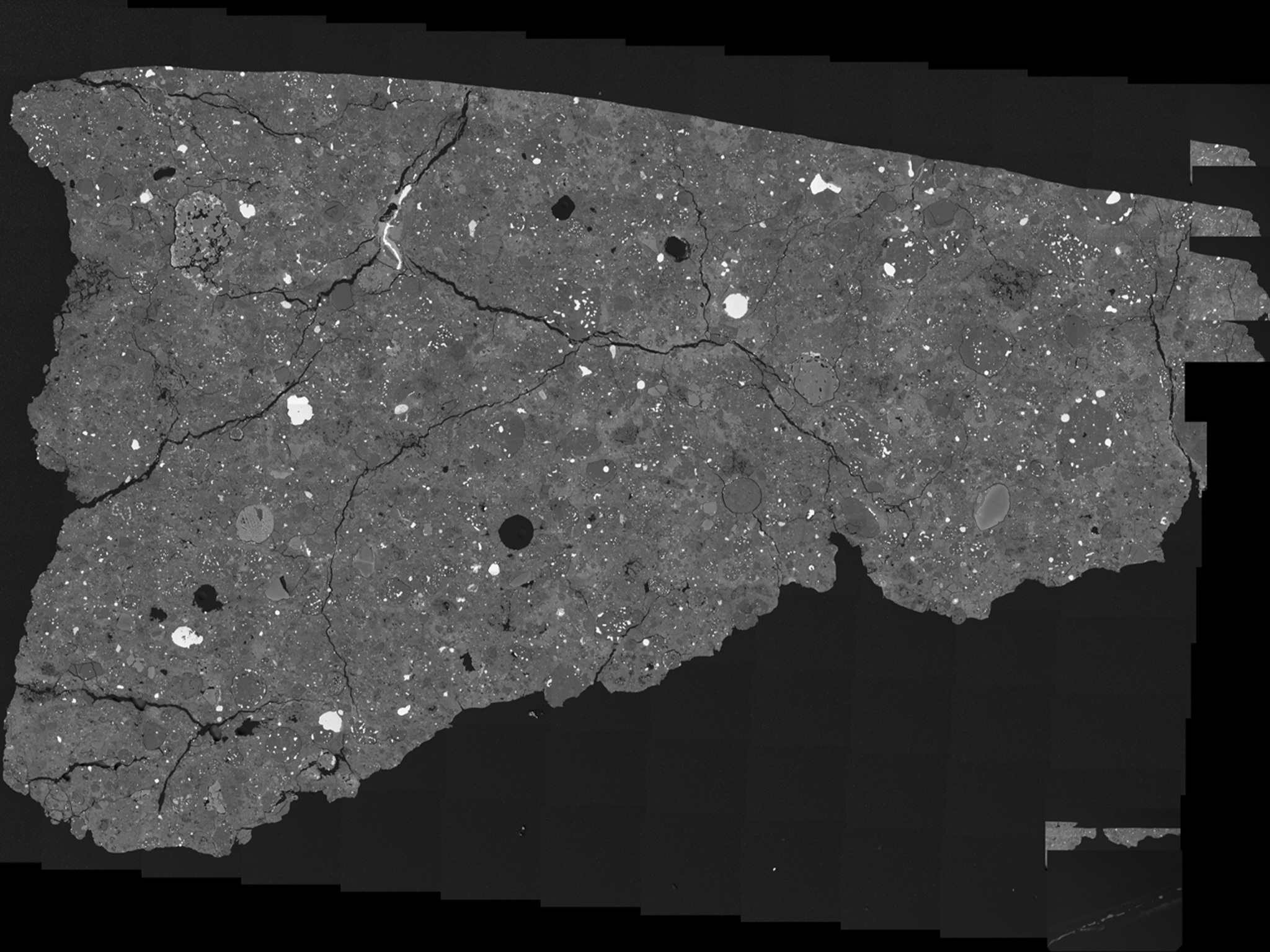Rare meteorite shows early building blocks of life – but molecules within provoke new questions
The meteorite Asuka 12236 contains amino acids that could reveal how life evolved on Earth

Your support helps us to tell the story
From reproductive rights to climate change to Big Tech, The Independent is on the ground when the story is developing. Whether it's investigating the financials of Elon Musk's pro-Trump PAC or producing our latest documentary, 'The A Word', which shines a light on the American women fighting for reproductive rights, we know how important it is to parse out the facts from the messaging.
At such a critical moment in US history, we need reporters on the ground. Your donation allows us to keep sending journalists to speak to both sides of the story.
The Independent is trusted by Americans across the entire political spectrum. And unlike many other quality news outlets, we choose not to lock Americans out of our reporting and analysis with paywalls. We believe quality journalism should be available to everyone, paid for by those who can afford it.
Your support makes all the difference.A small rock found by researchers in Antarctica could answer questions about the beginnings of life on earth, Nasa scientists believe.
The tiny object, found in 2012 by Belgian and Japanese scientists, was a meteorite now called Asuka 12236.
The meteorite was formed in the very early stages of the solar system – or may even predate it. As such, scientists can investigate the building blocks of life in our planetary neighbourhood.
Inside Asuka 12236, scientists found a huge amount of amino acids, twice as many as in the next best-preserved meteorite, called Paris.
Amino acids are organic compounds composed of nitrogen, carbon, hydrogen and oxygen which are used to develop proteins.
These come in both left-handed and right-handed varieties, with a great proportion of left-handed ones found within the meteorite. All known life has been found to only use left-handed amino acids.
“The meteorites are telling us that there was an inherent bias towards left-handed amino acids before life even started,” astrobiologist Daniel Glavin of Nasa’s Goddard Space Flight Center said. “The big mystery is why?”
The conditions inside meteorites are perfect for the formation of animo acids. By studying the types and quantities of acids inside different meteorites, scientists can get a better idea of how these molecules evolved over time and through harsh circumstances.

However, the meteorite raises yet more questions, even as it answers others. The left-handed molecules found in the object would have needed to develop in more water than the meteorite was exposed to.
“It is pretty unusual to have these large left-handed excesses in primitive meteorites,” Glavin said. “How they formed is a mystery. That’s why it’s good to look at a variety of meteorites, so we can build a timeline of how these organics evolve over time and the different alteration scenarios.”
One answer could be that the meteorite was contaminated from its contact with Earth, although that seems unlikely. Many of the animo acids in the sample sent to the Nasa’s Goddard centre, which tested 50 milligrams of the meteorite, were free-floating; if the rock had been contaminated, they would more likely be bound up in proteins.
Water inside Asuka 12236 would have been produced inside the meteorite itself, as heat from radioactive decay would melt the ice that formed as the asteroid was being made.
Scientists believe this rock is so well preserved because it was exposed to either, or both, very little water and heat. This could have been while it was a part of a larger asteroid or when it landed in Antarctica.
Scientists know this due to the great amount of clay material, as well as iron metal which had not yet been exposed to oxygen and thus had not rusted.
There were also many silicate grains that are likely to have formed in ancient stars – older than our Sun – which are usually destroyed by water.
Given the quality of Asuka 12236, scientists speculate that the water could have come from a cooler outer layer of an asteroid.
“You need some liquid water and heat to produce a variety of amino acids,” Glavin says. “But if you have too much, you can destroy them all.”
In order to examine it, the sample of Asuka 12236 was turned to dust with a mortar and pestle by Nasa’s researchers. The amino acids were then suspended in a water solution and had their molecules separated by a powerful machine.
Join our commenting forum
Join thought-provoking conversations, follow other Independent readers and see their replies
Comments